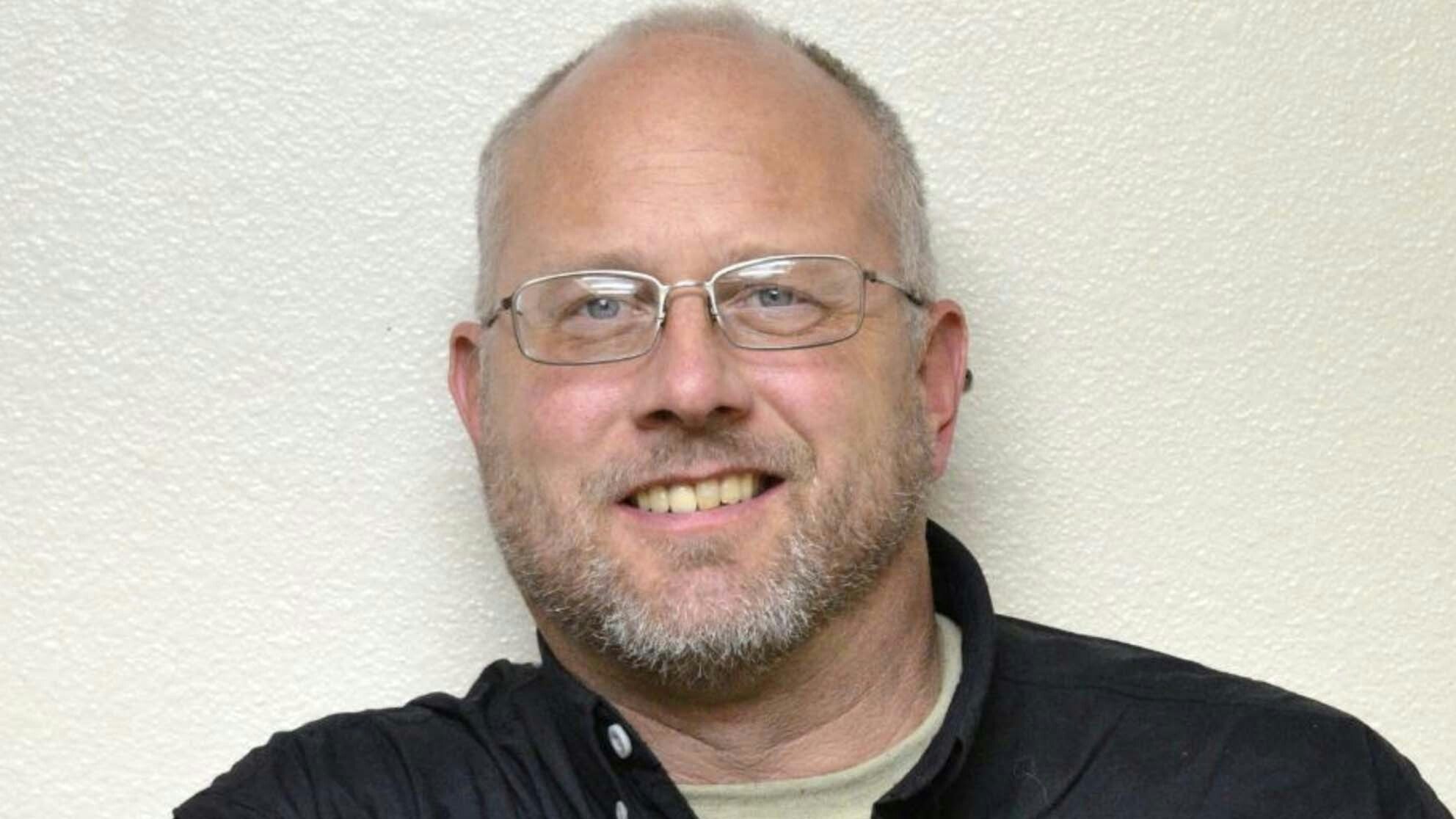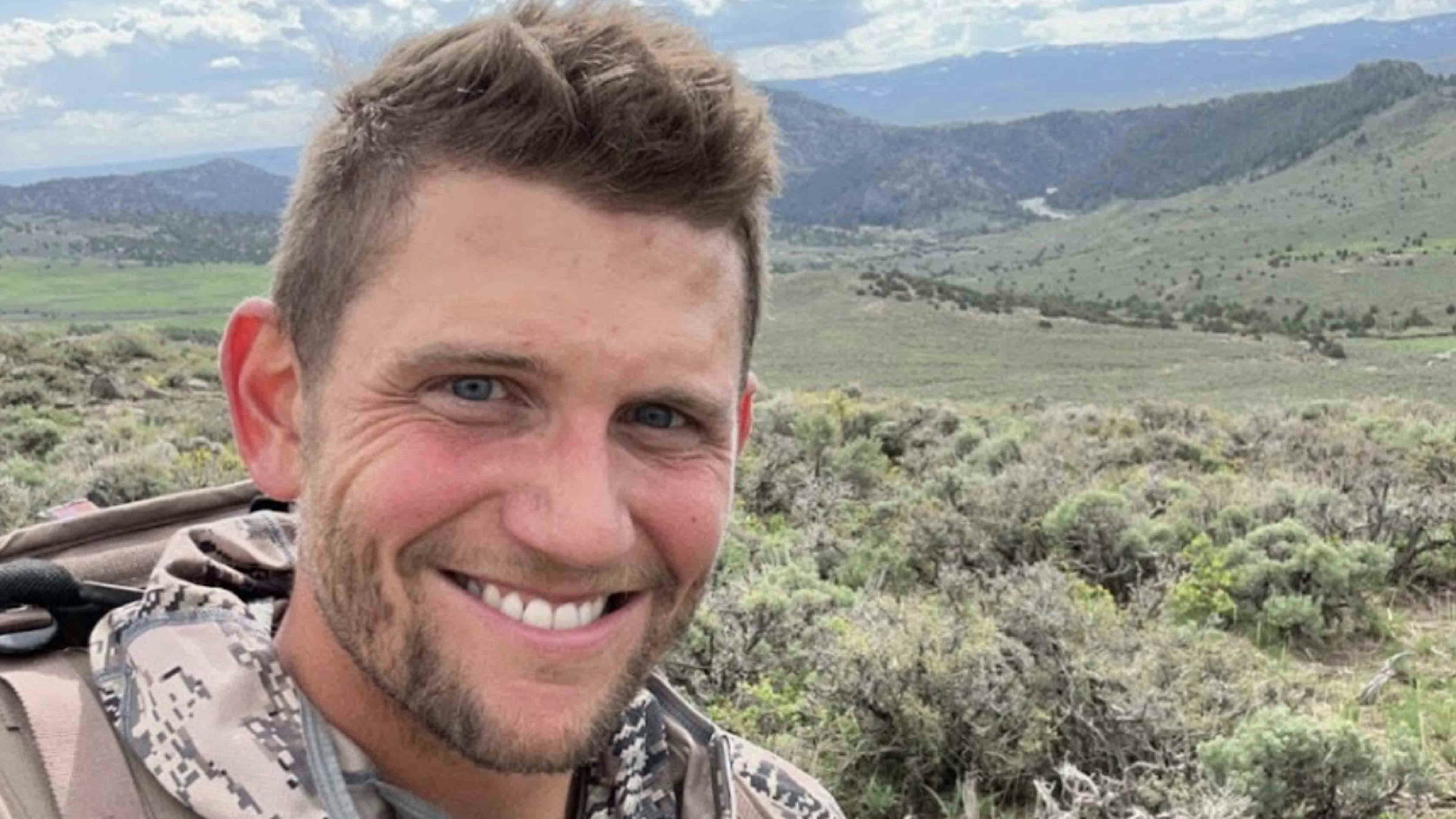By Jonathan Lange
Chaplinsky v. New Hampshire (1942) was a landmark decision of the Supreme Court (SCOTUS) that established the “fighting words doctrine.”
When Walter Chaplinsky was arrested under New Hampshire’s public obscenity law, he sought protection under the First Amendment. He claimed that calling the town marshal, “a G-d d-mned racketeer,” and “a d-mned fascist,” was protected speech.
Justice Frank Murphy penned the unanimous decision of the Court, “There are certain well-defined and narrowly limited classes of speech, the prevention and punishment of which have never been thought to raise any constitutional problem.
These include the lewd and obscene, the profane, the libelous, and the insulting or ‘fighting’ words—those which by their very utterance inflict injury or tend to incite an immediate breach of the peace.”
The “fighting words” doctrine says that the First Amendment protects the expression of every idea. It does not protect words that are merely intended “to inflict injury” without elucidating the truth.
Notice that public obscenity laws harmoniously existed with the First Amendment for more than 150 years before the Supreme Court even thought it necessary to explain why.
It does not require a linguistic scholar to know the difference between lewd, obscene and the insulting words on the one hand, and words that convey thoughtful content on the other.
Fighting words attack the person without addressing the argument. A schoolyard bully does not give rational justifications for his wrongs. He merely changes the subject by irrationally insulting his accusers. SCOTUS remarked that such common sense had “never been thought to raise any constitutional problem.”
Then, on April 26, 1968, Paul Cohen was arrested in the Los Angeles Courthouse for wearing a jacket that said, “F— the Draft.” Like Chaplinsky, he contested California’s offensive conduct law on First Amendment grounds.
This time, SCOTUS overturned the “fighting words doctrine” in a 5-4 decision. Justice John Harlan, writing for the majority, scuttled 180 years of First Amendment jurisprudence with the silly assertion, “one man’s vulgarity is another’s lyric.”
While the “fighting words” doctrine saw an objective, well defined difference between the obscene and the noble, the Cohen decision claimed it was purely subjective. The common sense that ad hominem arguments “are no essential part of any exposition of ideas” was inverted so that they now are sacred speech.
This ruling unleashed a flood of obscenities and verbal assaults on the unsuspecting public. In 1977 Cohen was cited as a reason to permit Nazis to chant Jewish insults and carry the swastika through Skokie, Illinois—a community of holocaust survivors. In 1978, the Federal Communications Commission lost its ability to keep obscenities off the air; and in 1986 public schools lost their authority to prevent students from screaming “F— you,” in the halls of education. In 1992 the Court unanimously struck down long-standing prohibitions against the KKK’s cross-burning.
Have you ever wondered how American culture has gotten to the point that total strangers are permitted legally to scream vile obscenities in your face while policemen in riot gear stand by passively?
It was not that Americans petitioned their legislators to permit lewd, obscene, profane, libelous, and insulting words to become part of the public discourse. It happened, rather, because the same court that gave you Roe v. Wade overruled common sense.
Before blaming candidates or movements, or accusing one another of debasing public discourse, we should remember our history. It was five men in black robes who foisted this ugly world upon us. And the evil didn’t end there.
Their twisted logic led, inevitably, to so-called “hate speech laws.” Now there are certain ideas that cannot be expressed without public penalty. Florists, bakers, clerks and printers have been devastated by lost business, government fines and legal costs just for expressing the idea that male and female are not interchangeable.
Meanwhile, the law permits these same people to be bullied with words like, “hater,” “bigot,” and “Nazi.” Such words contribute nothing to the discovery of truth. Rather, they are meant as verbal assaults and incitements to economic and social violence against their targets.
In 1942 Justice Murphy asserted, as a matter of timeless common sense, that the First Amendment protects the expression and defense of every idea as a valuable step towards discovering the truth. But the First Amendment does not protect the utterance of every possible obscenity because “fighting words” do not elucidate the truth.
Now, only 80 years later, the case is reversed. Nonsensical, vile and intentionally injurious words are fully protected speech while the expression of certain ideas—even in the kindest possible terms—is strictly forbidden. SCOTUS’ 1971 scuttling of obscenity laws was supposed to protect free speech. Instead, it has crushed the speech that matters most: the assertion and defense of the truth.





